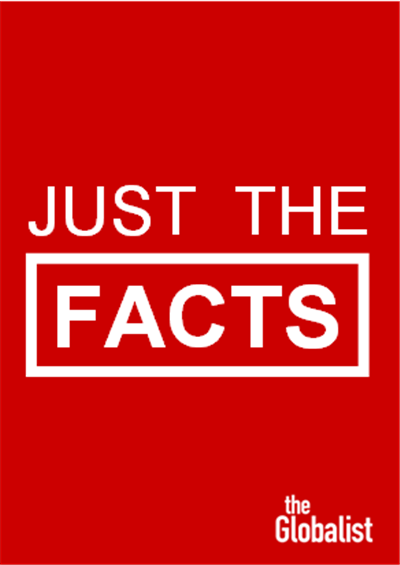China’s Term-Limit Rollback
Post-Mao term limits became important when China’s presidency took on the country’s lead role, but Xi Jinping is ending them.
March 19, 2018

1. In 1982, Mao’s successor, Deng Xiaoping, effectively introduced a constitutional term limit for future leaders of China.
2. Chinese presidents since then were limited to two consecutive terms of five years, for a total of ten years.
3. The primary reason behind his move was not only that Deng wanted to protect China against the re-emergence of another personality cult like that surrounding Mao.
4. Even more important was to avoid the social and economic fallout, as well as the dictatorial excesses, that such a leadership cult can result in.
5. Deng himself de facto led China for nearly 14 years (1978-1992), holding various offices — but never the presidency or the party leadership.
6. The next Chinese leaders that succeeded him – Jiang Zemin and Hu Jintao – abided by the two-term rule.
7. They served as Presidents of China each for ten years (from 1993 to 2003 and from 2003 to 2013, respectively).
8. In March 2018, the Chinese National People’s Congress – the parliament – ratified the proposal of the Central Committee to abandon the two-term/ten-year limit for the office of the president.
9. The official argument is that the period from 2020 to 2035 is deemed decisive for China’s future.
10. For that reason, it is now deemed inappropriate to force a leadership change in 2023, when President Xi Jinping’s term would come to an end under current rules.
11. There are already considerable worries that a personality cult has evolved around China’s current leader.
12. Since Mao, no Chinese leader has accumulated as much power as Xi has done.
13. For example, Xi’s portrait appears in public spaces all across China, in contrast to less self-promotional leadership under Jiang and Hu.
14. Many potential rivals for power have been swept up in anti-corruption raids or removed for party discipline violations.
15. Xi is also now officially known as the Party’s “lingxiu,” a revered, father-like leader – the first to use the term (instead of “lingdao”) since Mao
Sources: New York Times, The Guardian, South China Morning Post, The Telegraph, The Independent, The Globalist Research Center